State of use of AI tax systems
According to reports from IOTA, the Hungarian tax administration (NCTA) has been using machine-learning algorithms since 2016.
In 2022, NCTA formed an Artificial Intelligence Working Group specifically dedicated to the development and integration of AI to tax administration processes.
What functions are performed with AI?
According to publicly-available sources, the NCTA leverages machine-learning algorithms to perform three functions:
1. Risk detection: These AI systems identify signals risk-indicators within tax returns and tax documentation submitted to the NCTA. Risk detection systems have been deployed in a number of areas of taxation: VAT; corporate and personal income taxation; as well as movement of goods by transportation (EKAER)
2. External risk-management (risk-scoring): Posterior to the analysis and detection of risks of tax non-compliance or fraud, algorithms score and segment taxpayers into risk categories to perform centralised algorithmic-based selections of taxpayers for audit.
3. Reports of IOTA indicate that the NCTA experimented with nudging tools, to adapt the language of standard communication to taxpayers in order to nudge them towards compliance.
What data can be processed by these systems?
The data which can be used for these algorithms is not specified, but reportedly uses a wide range of data derived from existing datasets of the Hungarian government. The data processed also includes data from the VAT Information Exchange System (VIES), Common Reporting Standards (CRS) and Foreign Account Tax Compliance Act (FATCA), DAC 2, DAC6, data from the e-invoicing system and data from the Hungarian Electronic Public Road Trade System (EKAER).
Are these systems regulated by specific norms?
These models are not regulated by specific legal norms, but Section 89 and 90 of Act of 2003 on Rules of Taxation authorizes the use of ‘risk analyses’ by the NTCA.


